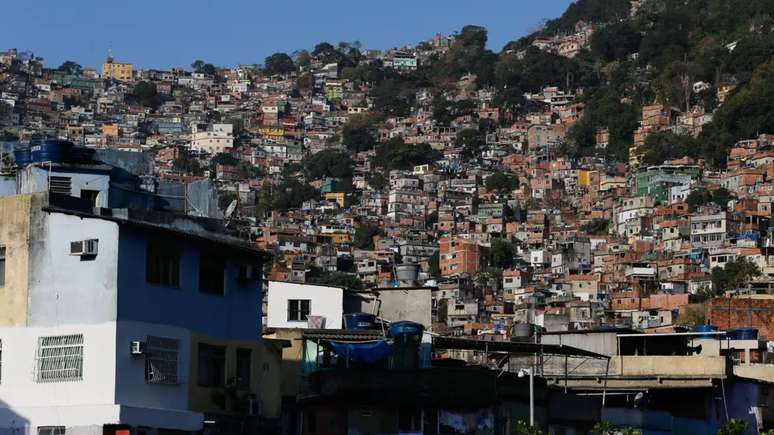Favelas and urban communities represent a significant part of the social and economic reality of Brazil. According to the 2022 demographic census of the Brazilian Institute of Geography and Statistics (IBGE), there are 12,348 favelas in the country. More than 16 million people live in these areas, equal to approximately 8.1% of the Brazilian population. The distribution of these favelas across the national territory is not uniform, with significant concentrations in some regions.
The South-East region is in the lead with almost half of the favelas (48.7%), followed by the regions of the North-East (26.8%), the North (11.6%), the South (10, 4%) and the Central-West (2.5%). Three states deserve to be highlighted because they concentrate almost half of the communities: Sao Paulo, Rio de Janeiro and Pernambuco. These areas vary significantly in size, with over 70% of favelas made up of up to 500 families.
What are the largest favelas in Brazil?
The census prepared by IBGE presents a list of the largest favelas in Brazil by number of residents, highlighting the diversity and size of these communities. Rocinha, located in Rio de Janeiro, is the largest favela, with 72,021 residents. Followed by Sol Nascente, in the Federal District, with 70,908 inhabitants, and Paraisópolis, in São Paulo, with 58,527 residents. These favelas are not only the largest in terms of population, but also carry important sociocultural characteristics and urban challenges.
- Rocinha (RJ): 72,021 inhabitants
- Rising Sun (DF): 70,908 inhabitants
- Paraisopolis (SP): 58,527 inhabitants
- City of God (AM): 55,821 inhabitants
- Rio das Pedras (RJ): 55,653 inhabitants
- Heliopolis (SP): 55,583 inhabitants
- Community of São Lucas (AM): 53,674 inhabitants
- Coradinho (MA): 51,050 inhabitants
- Baixadas from Estrada Novas Jurunas (PA): 43,105 inhabitants
- Beirut (BA): 38,871 inhabitants
Demographic and social impact
There is a notable difference in the racial and ethnic composition between those living inside and outside the favelas. About 16% of favela residents identify as black, compared to 10% of the general Brazilian population. The black population is also representative, with 56.8% inside the favelas, compared to 45.3% outside. These numbers are not just statistics, but rather a reflection of the profound inequalities that still permeate Brazilian society.
The favelas, in addition to the obvious difficulties, are places of cultural and social resistance. They represent a space in which different forms of cultural expression emerge and influence the national scene. However, basic infrastructure and services in these areas are often inadequate, making a coordinated public policy approach critical to addressing housing, security, education and health challenges.
Source: Terra
Rose James is a Gossipify movie and series reviewer known for her in-depth analysis and unique perspective on the latest releases. With a background in film studies, she provides engaging and informative reviews, and keeps readers up to date with industry trends and emerging talents.






